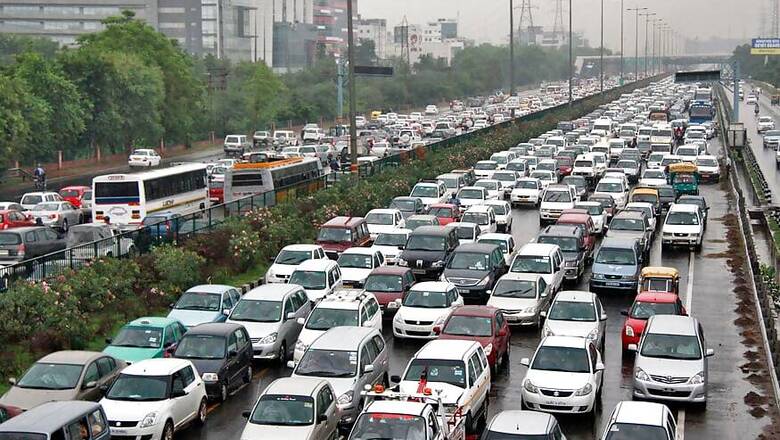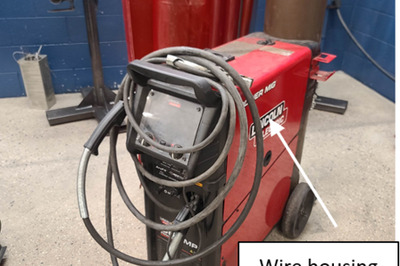
views
Gurgaon: For any commuter, getting stuck for hours in incessant rains amid heavy traffic, is a horrendous experience. Having to wade through muddy waters is not something one would wish upon themselves. But the city of Gurgaon witnessed just that — its worst civic nightmare in a decade.
The Thursday rain led to chock-a-block traffic across the newly-built city, forcing lakhs of commuters to spend chaotic hours on waterlogged roads. Some of them took four to five hours to cover a mere 10km distance. Many abandoned their vehicles and managed to reach home across knee-deep water. Even after almost 24 hours, the situation seems abysmal in many parts of the national capital region ( NCR) city. Worse still, Gurgaon traffic has clogged neighbouring Delhi roads, causing blocks across many parts of South Delhi.
What Led to Gurujam?
The police, who had to clear miles-long bumper-to-bumper traffic, blame civic authorities for the mess. They argue the city is an unplanned one, lacking proper drainage. Even moderate rains can tear the IT hub down, they say.
Gurgaon police commissioner Navdeep Singh Virk told News18 that the lack of adequate drainage flooded the city, causing massive jams.
Before it tussled its way into the millennium city race, Gurgaon was mostly a flat agricultural land, nestled in the the foothills of Aravali range. The economic liberalisation of 1990s opened real estate opportunities for farmers. Haryana government realised the geographic potential and started acquiring thousands of acres of agricultural lands, converting them to commercial properties.
Soon, IT majors and manufacturing companies landed in the new city because of its proximity to the national capital. In the last 15 years, Microsoft, Google, HCL, several big BPOs, telecom giant Airtel, automobile majors like Maruti, Hero Honda and countless small and medium companies have set up their Indian headquarters there. And in its zeal to convert farm land into real estate properties, the Haryana government forgot to pave the way for a good civic infrastructure. Hurried development led to complete collapse of civic facilities.
Even today, many parts of the city lack functional street lights, sign boards, traffic signals, parking areas, and the like. The city, with its glittering skyline, looks miserable when it rains. Only in the last five years, has Gurgaon seen the Metro. A few parts of the city have access to monorails. Barring these, public transport is largely non-existent here.
Blame Game
Haryana Chief Minister Manohar Lal Khattar blames the Delhi government for its traffic woes. In his tweets he has attacked Delhi Chief Minister Arvind Kejriwal for not maintaining the Najafgarh drain and the roads leading to Gurgaon. His predecessor Bhupinder Singh Hooda, who is credited for the real-estate boom, has slammed the Khattar-government for the chaos. "We never witnessed such a situation during the 10 years of Congress government. This new government has not been cleaning drains regularly over the last two years. They are not equipped for the monsoons at all," he said.
The political blame game is worsening the situation further. All town planners agree that if Gurgaon really wants to become a millennium city, it needs to clean up the mess. Endless construction and acquisition of farm lands without scientific planning will only make Gurgaon squalid in the next 10 years.


















Comments
0 comment